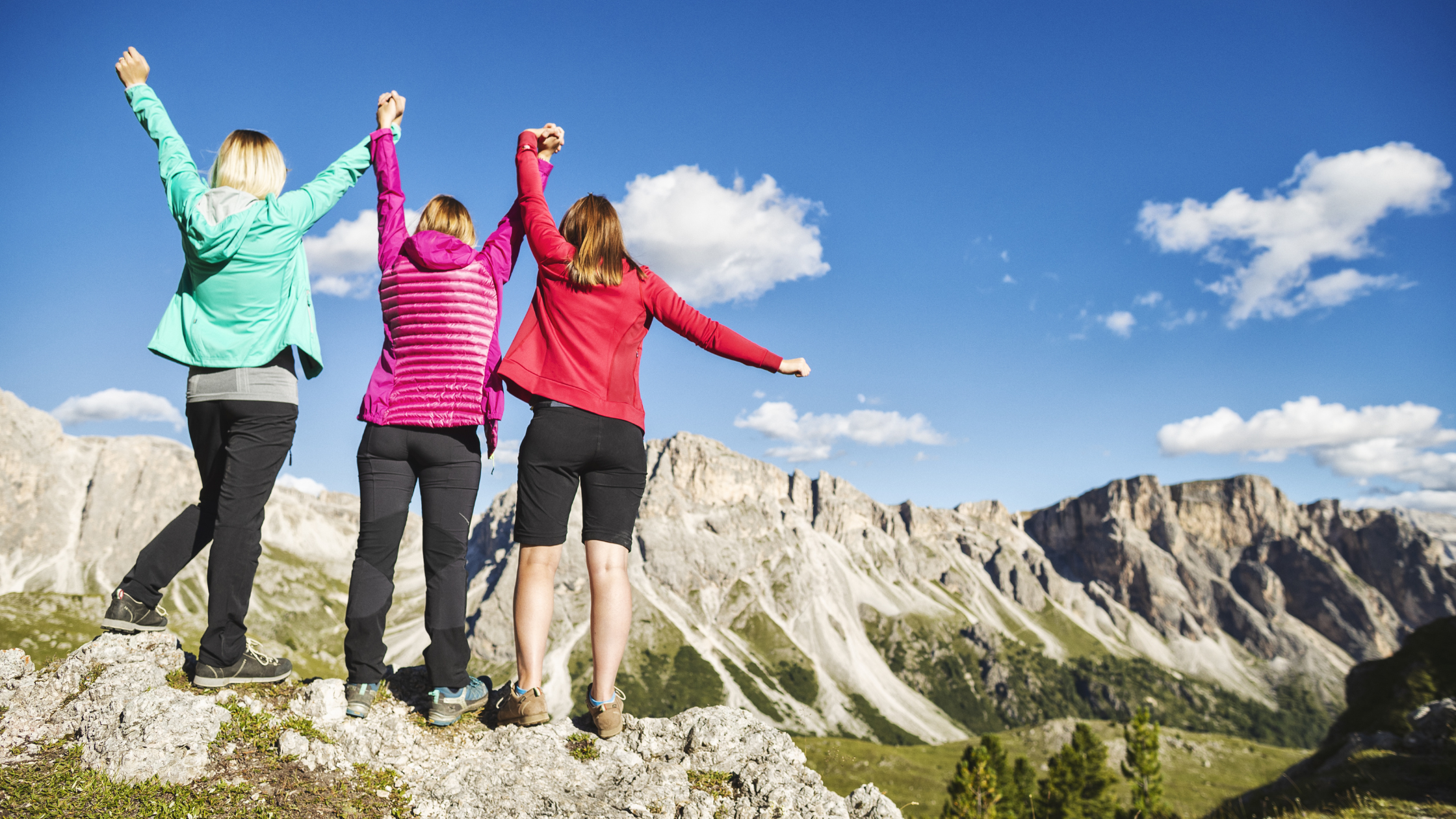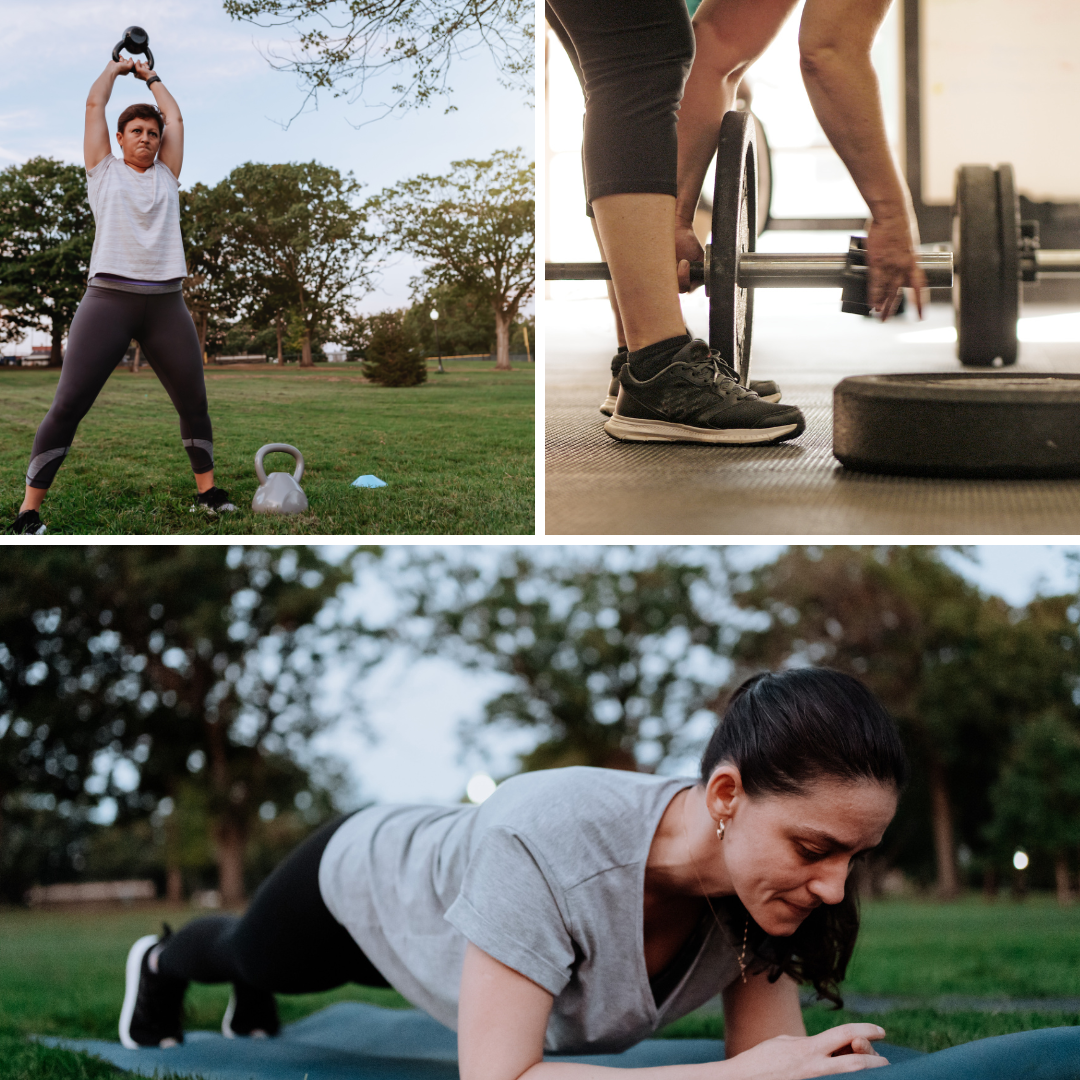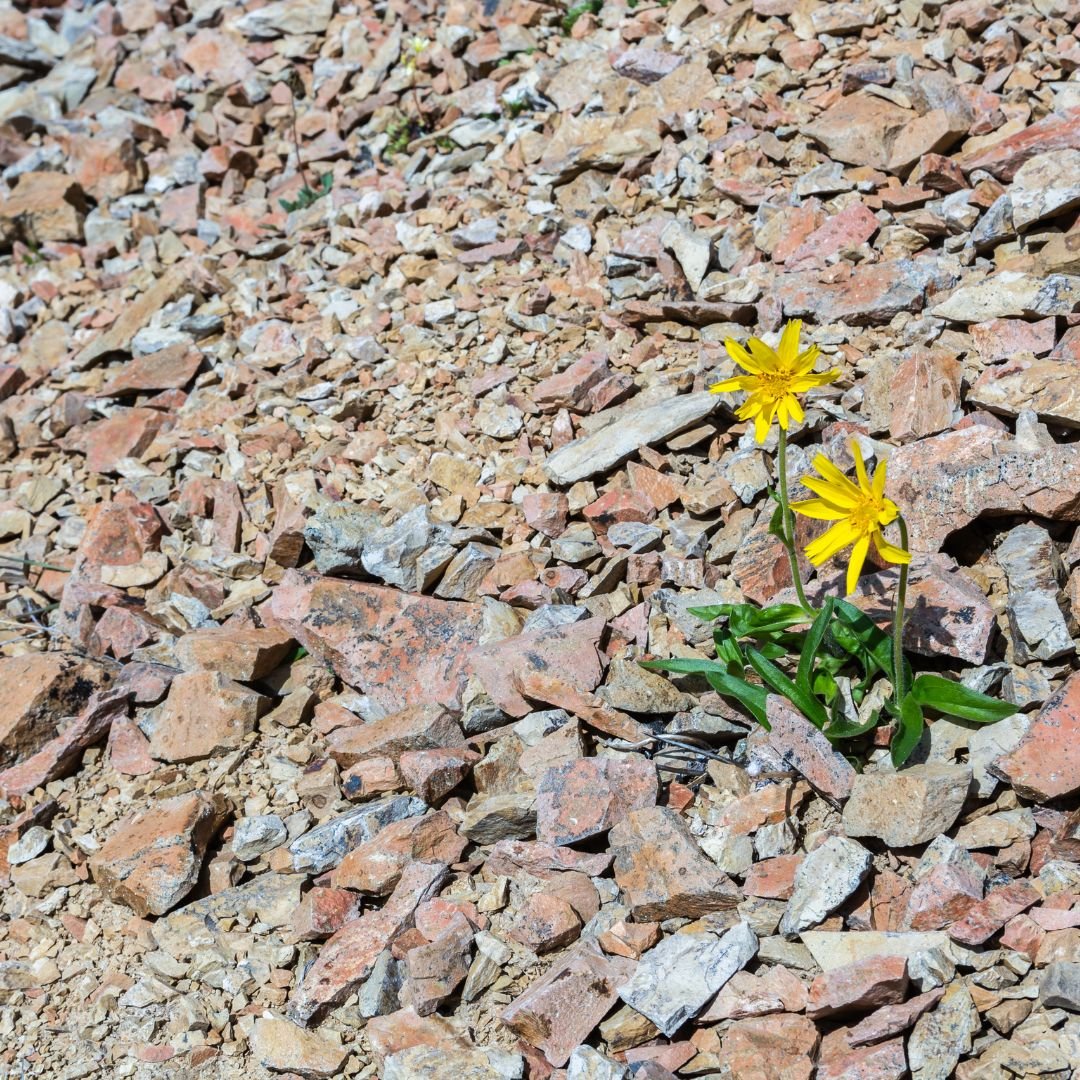Fueling Vitality in Midlife: Why Food and Movement Matter More Than Dieting
Midlife isn’t the time to diet harder—it’s the time to renew. Learn how mindful eating and joyful movement can fuel your vitality, strength, and energy while freeing you from diet culture. Discover practical steps to feel more energized, confident, and connected in your body.
Movement Isn’t About Changing You. It’s about finding You.
Rethink what movement means in midlife. It’s not about fixing or shrinking your body - it’s about reconnecting with yourself. Move to feel grounded, strong, and alive. Discover joy, identity, and confidence through mindful movement.
Travel as Connection: Why Midlife Women Should be Travelers, Not Tourists
Midlife travel isn’t just about seeing new places—it’s about experiencing them in a way that fosters connection, growth, and transformation. Unlike rushed sightseeing trips of the past, traveling in midlife offers a chance to slow down, engage with local cultures, and form meaningful relationships. Whether you're looking to rediscover yourself, make new friends, or explore the world with more intention, embracing the mindset of a traveler—not just a tourist—can make all the difference. Learn how midlife travel can enrich your journey and discover upcoming opportunities to connect with like-minded women on our Greece retreat and community ed class on transformative travel.
The Power of Community and Service in Midlife: A Fresh Start
Discover how midlife women can find renewed purpose through community, service, and leadership. Explore practical strategies and inspiring resources to redefine this life chapter with connection and meaning.
Midlife Women: The Caretakers, the Givers, and the Keepers of the Universe
Discover the power of midlife as a time for growth, renewal, and purpose. Explore how women, as caretakers and creators, can shape a new vision for themselves and the world with resilience and wisdom. Embrace your unique journey, redefine your goals, and find joy in each step.
Transformative Travel for Midlife Women: Confidence, Connection, and Mindfulness in Africa
Discover how travel during midlife empowers women through transformation, connection, and mindfulness. Follow our journey through Africa, where self-discovery and awe-inspiring experiences shaped new perspectives and a renewed sense of purpose. Perfect for those seeking adventure and personal growth.
Embrace the Power of Movement and Healthy Eating in Midlife
As you navigate through midlife, your relationship with exercise and healthy eating becomes increasingly essential. Many women find themselves struggling with outdated societal narratives that discourage physical activity and proper nutrition and are confused by the conflicting ‘noise’ found in social media... However, embracing movement and a balanced eating pattern diet can lead to a vibrant, healthy life.
In this blog post, you'll explore how resetting your mindset around exercise and nutrition can transform your midlife journey. Learn how to overcome common obstacles, incorporate effective workout routines, and adopt healthy eating habits that support your overall well-being and vitality as you age.
Embrace the Journey: Rediscover Purpose in Midlife
Embrace the journey of midlife with courage and resilience. Rediscover purpose, navigate transitions, and find fulfillment in this new chapter of life. Join us as we explore the challenges and opportunities of midlife, offering insights, inspiration, and practical tips for living your best life.
Embracing Technology: Redefining Aging for Midlife Women
While caring for aging parents, midlife women are redefining aging through technological innovation. From wearables to virtual communities, technology presents opportunities to enhance health, foster connections, and pursue new adventures. Discover how embracing technology empowers midlife women to redefine aging on their own terms, unlocking boundless possibilities for a vibrant future.
Embracing Change: Empowering Midlife Women for Health and Vitality
Discover empowering strategies for midlife women to enhance their health and vitality through small, impactful changes. Explore the importance of staying connected, finding purpose, building muscle, protecting brain health, adopting a balanced diet, and supporting caregivers. Learn how these evidence-based practices can promote well-being and resilience in the journey of healthy aging
Empower Your Midlife Journey: The Art of Vision Creation and Goal Setting
Discover the transformative power of creating a vision and setting goals for a fulfilling midlife journey. Shift from fleeting New Year's resolutions to crafting an identity that aligns with your aspirations. Learn tips inspired by James Clear to change your identity and vision successfully. Embrace small habits, consistency, affirmative statements, and a supportive environment. Visualize your ideal self, journal your progress, and celebrate milestones. Consider our email course for a year-long guided transformation. With patience and commitment, you can reinvent your life and flourish in midlife.
Embracing Joy and Sorrow: A New Year's Resolution to Open Your Heart
As the year draws close, a natural inclination arises to reflect on the journey behind us and envision the path ahead. It's a season of evaluating unmet aspirations, reshaping goals, and crafting resolutions for the approaching New Year. As we navigate the mid-stage of life, the holiday season takes on a distinct significance – a blend of bustling family moments for some and quieter, introspective interludes for others. There is a way to embrace both joy and sorrow this holiday season.
Unlock A Renewed You: The Power of Short-Term Health Challenges for Lasting Habits
Discover the dynamic benefits of time-limited health challenges, from kickstarting healthier choices to building accountability and momentum. Explore how to initiate a personal challenge and step into a healthier, more vibrant lifestyle today.
Unlocking the Secrets to Aging Gracefully
Aging is inevitable, but it doesn't mean we must passively accept its effects. This comprehensive blog post explores the power of functional training in defying the physiological challenges of aging. Functional training is vital in preserving youthful vitality.
Discover how functional training can defy the physiological challenges of aging. Explore what functional training is and why it's crucial for preserving vitality as you age. Whether you're new to muscle fitness or looking to enhance your current routine, this comprehensive guide provides valuable insights into aging gracefully.
Embracing the Unpredictable: Navigating Health Scares and Prioritizing Wellness in Midlife
Discover how to prioritize wellness and cope with health scares in midlife. Learn about preventable risk factors, maintain a healthy lifestyle, and understand health conditions like monoclonal gammopathy of undetermined significance (MGUS), a precursor to multiple myeloma.
Lasting Change Unleashed: Discover Essential Techniques to Overcome Challenges and Create a Supportive Environment
Unlock the secrets to lasting change and transformation in midlife. Discover essential techniques to overcome challenges, shift your identity, and create a supportive environment. Dive into this quick tutorial, where you'll learn the importance of a renewed vision, effective strategies to reduce friction, and how to make healthier choices easier. Embrace the steps to sustainable behavior change and unlock the path to a vibrant and fulfilling midlife journey.
Exploring Vietnam: Discoveries, Courage, and Heartfelt Conversations
Join us as we recount our transformative women’s trip to Vietnam, where we conquered fears, experienced genuine connections, and discovered the true essence of humanity. From embracing local culture to venturing off the beaten path, here are the valuable lessons we learned.
Women are Underrepresented in Research. Why Should You Care?
As a woman, you have unique health needs and experiences that can differ from those of men. If women are underrepresented in research studies, the results may not accurately reflect their health outcomes or address their health concerns. This could lead to inaccurate diagnoses, ineffective treatments, and missed opportunities for preventative care. We need equity and fairness in research funding. Research is critical for advancing our understanding of diseases, treatments, and health outcomes.
How to Build Resiliency in Midlife
We all face life events and unexpected challenges that impact our daily routines. Unfortunately, many people don’t have the resiliency skills to help them reset after a setback, life event, or trauma. The hope is that we can overcome the setbacks and realize our healthy lifestyle can support us through challenging times and help us handle hard situations with more energy and focus. Check out these tips to build resiliency skills to help you navigate ups and downs on your behavior change journey.
Recognizing Midlife Challenges: Ladies, you’re not alone!
Midlife women have shared with us the many challenges they face. Weight changes, changes in their physical body shape, loss of strength and balance, or changes in their metabolism.
They’ve shared feeling achy, having pain, and experiencing a lack of stamina or fatigue which interefered with achieving their exercise and fitness goals. Eating healthfully and getting adequate sleep were also on the list.
They also shared difficulties staying connected and engaged with friends (or the loss of friends) and family due to life transitions. The lack of connection was often described as feelings of loneliness.
Women also felt torn between managing grown children, aging parents, and not having enough personal time to care for themselves.
The good news is you are not alone! Read more to find out what you can do to flourish after 50!
Don’t miss a blog post - sign up for the Rumblings emails to receive posts delivered straight to you email inbox!




















